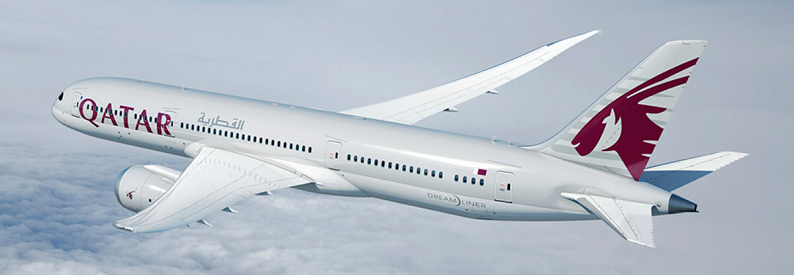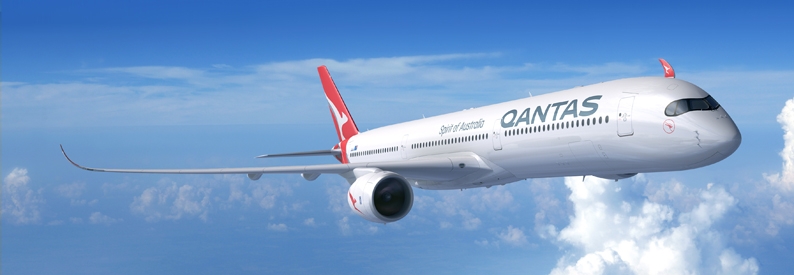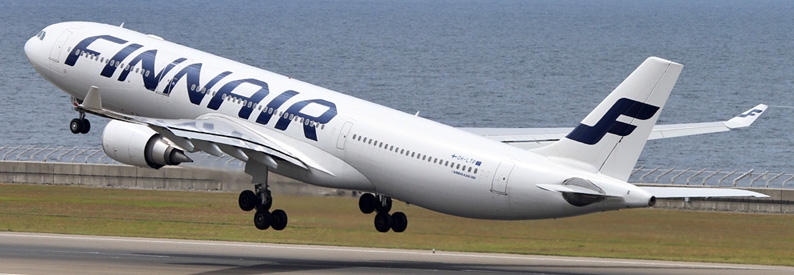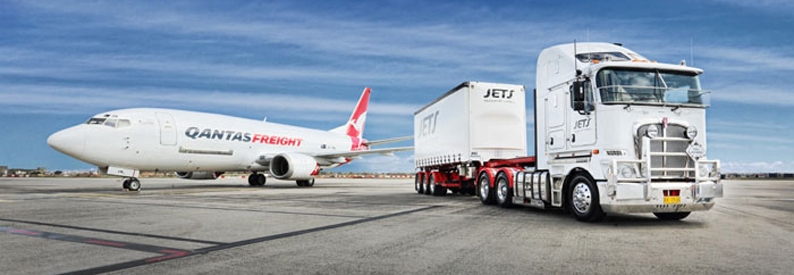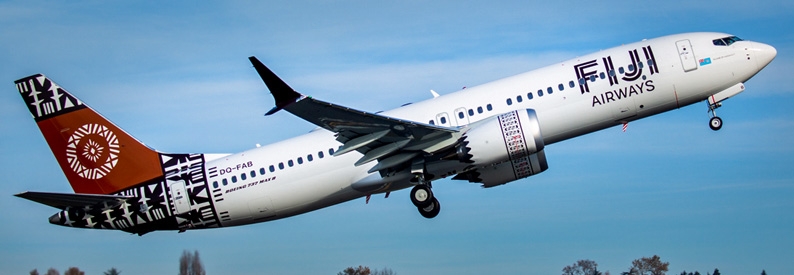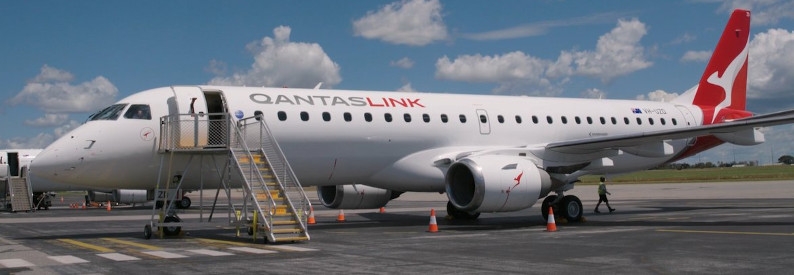Qantas (QF, Sydney Kingsford Smith) has, subject to the fulfilment of certain conditions, secured a five-year authorization from the Australian Competition and Consumer Commission (ACCC) for its planned joint-venture with China Eastern Airlines (MU, Shanghai Hongqiao) on flights between Australia and China.
The ACCC announced last week that it had decided to rescind a previous tentative decision to reject the proposal after both airlines offered concessions to address anti-competitive concerns.
Aside from significantly expanding the range of destinations covered by their existing codeshare agreement, the airline's have also pledged to increase the number of routes operated between Australia and China.
"Over the next two years China Eastern proposes to increase the frequencies of its services on routes between Shanghai and Sydney, Melbourne Tullamarine and Cairns during peak periods and introduce year round services on a new route," ACCC chairman Rod Sims said.
As previously reported, China Eastern has pledged to increase service on its Shanghai to Sydney and Melbourne Tullamarine routes through the introduction of an additional three weekly A330-200-operated flights on each route effective September of this year. That would then graduate to an additional daily service with effect from November.
Other measures include the introduction of seasonal flights between Shanghai and Cairns beginning January 15, 2016 as well as the launch of flights from Shanghai to a new Australian destination not currently served by China Eastern. Though the actual city was redacted in the public filing, it has been revealed in the local press as Brisbane International.
To retain the five-year authorization for their joint venture, Qantas and China Eastern are required to increase their combined capacity on Shanghai-Australia routes by a compound annual growth rate of 4%. To achieve said rate, they will have to increase capacity across these routes by around 21.67% over the next five years.
The ACCC said it had paid particular attention to the Shanghai Pudong-Sydney Kingsford Smith route where both carriers are the currently the only direct operators. An alliance on such a route, it warned, would allow the airlines to exploit their dominance and hike fares to the public's detriment.
“The ACCC considers that competition between Qantas and China Eastern for passengers travelling directly on the Sydney and Shanghai point to point route without onward travel will be greatly reduced under the alliance," he added. "This may provide them with the opportunity to increase prices for passengers travelling directly between Sydney and Shanghai.”
Therefore, to ensure that the carriers do not attempt to exploit their positions of dominance, the ACCC will require Qantas and China Eastern to report to it their average fares, month by month, on each route between Australia and China on which they offer services.
The ACCC did, however, note the alliance's potential benefits which include the enhanced attractiveness of Qantas and China Eastern’s loyalty programs. Passengers transiting in Shanghai will also benefit from Qantas co-locating with China Eastern at Terminal 1 through more convenient and quicker connections.
"On balance, the ACCC considers that, subject to the important conditions imposed, the alliance is likely to result in public benefits for passengers travelling between Australia and China that outweigh the detriment resulting from the lessening of competition on the Sydney Shanghai route."

